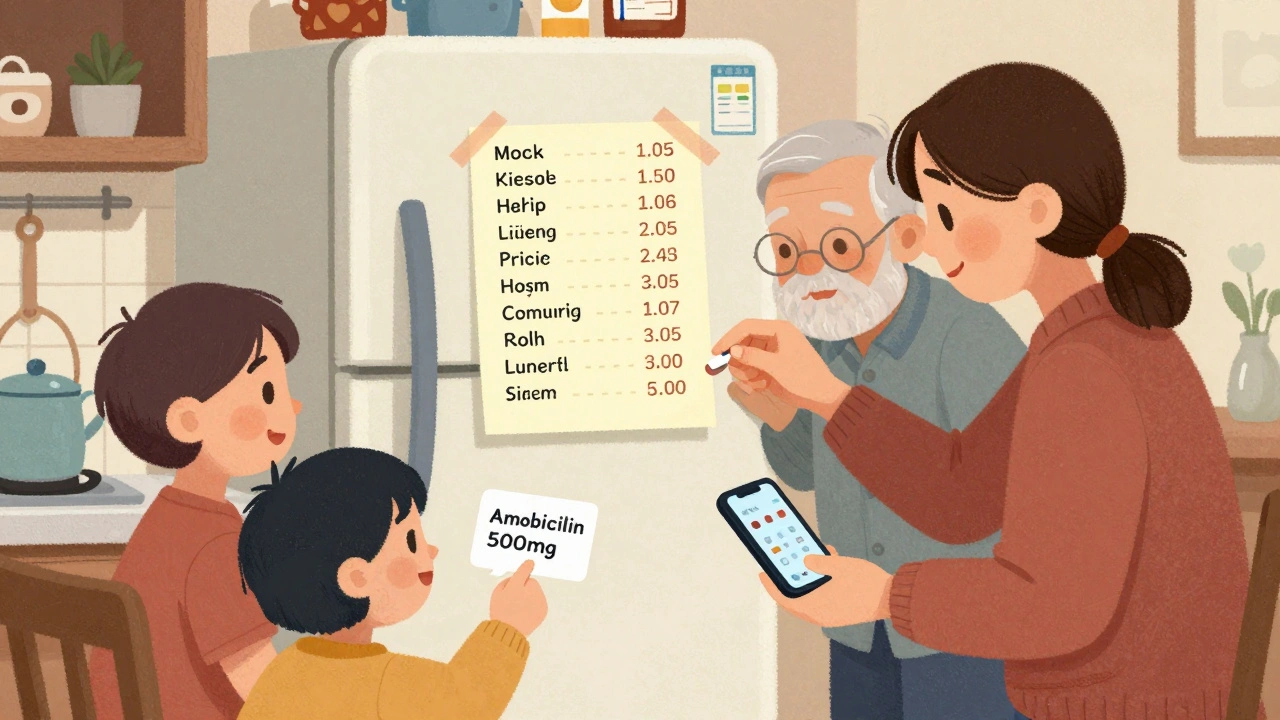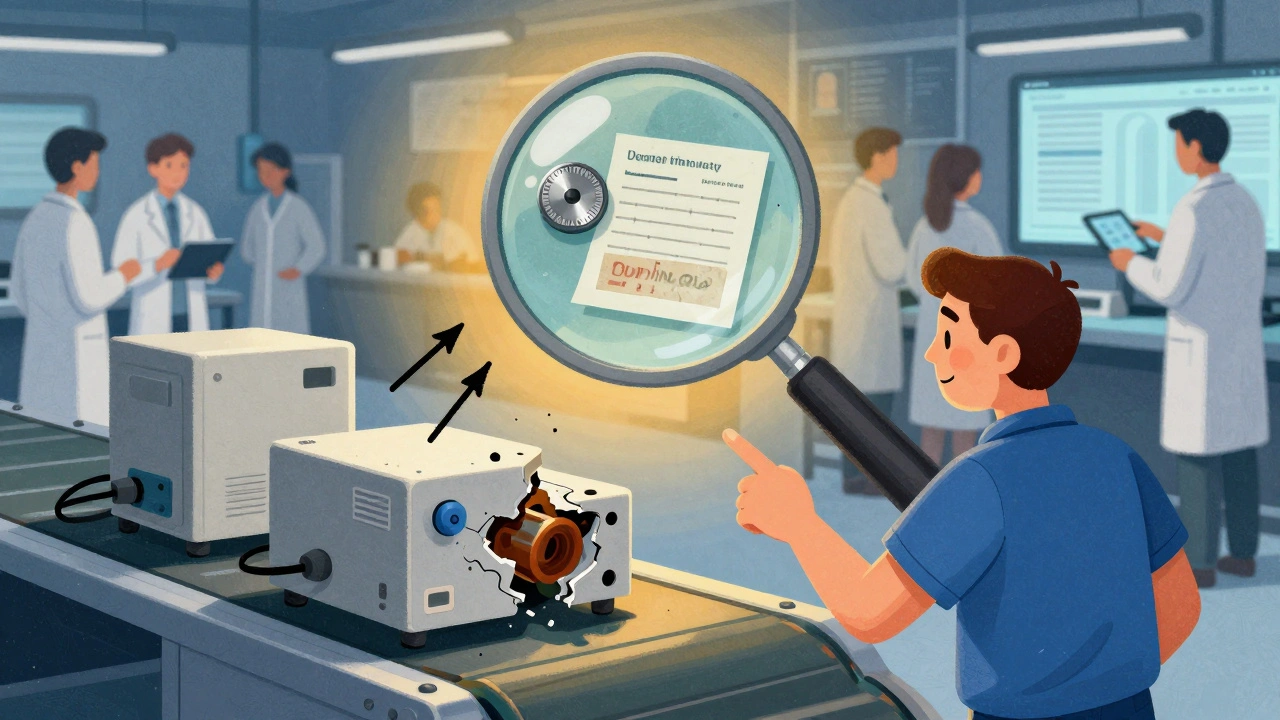Author: Joe Timothy

- 0 Comments
Learn which medications are safe to take during pregnancy for common issues like allergies, nausea, pain, and heartburn. Get clear, evidence-based guidance from trusted medical sources.

- 1 Comments
Buspirone augmentation with SSRIs offers a safe, effective, and low-cost option for treatment-resistant depression. It improves mood, reduces sexual side effects, and avoids weight gain - making it a top choice for many patients.

- 2 Comments
Many common medications cause brain fog and memory loss-not aging. Learn which drugs are to blame, how to recognize the signs, and how to safely reverse the effects with simple, proven steps.

- 2 Comments
Polypharmacy in older adults increases the risk of dangerous drug interactions, falls, and hospitalizations. Learn how deprescribing can safely reduce medications and improve quality of life.

- 2 Comments
Normal pressure hydrocephalus causes gait problems, memory issues, and bladder control loss-but it’s often mistaken for aging or dementia. Learn how shunt surgery can reverse symptoms and why early diagnosis matters.

- 9 Comments
Finishing your antibiotic course and disposing of leftovers safely helps prevent drug-resistant infections. Learn why home stewardship matters and how to do it right.

- 8 Comments
Learn how the FDA approves generic drugs through the ANDA process - from bioequivalence studies to facility inspections. Understand the timeline, requirements, and real-world challenges behind every generic pill you take.

- 7 Comments
Learn which foods to avoid when taking MAOIs for depression. Tyramine-rich foods can cause dangerous blood pressure spikes. Get the real list of safe and unsafe foods, plus what to do if you accidentally eat something risky.

- 6 Comments
Corrective actions in manufacturing go beyond fixing defects-they eliminate root causes to prevent recurrence. Learn how structured CAPA systems, rooted in FDA and ISO standards, reduce defects, cut costs, and ensure compliance.

- 5 Comments
Learn the key differences between Type A and Type B adverse drug reactions - why some side effects are common and predictable, while others are rare but dangerous. Understand how to recognize, prevent, and report them.
